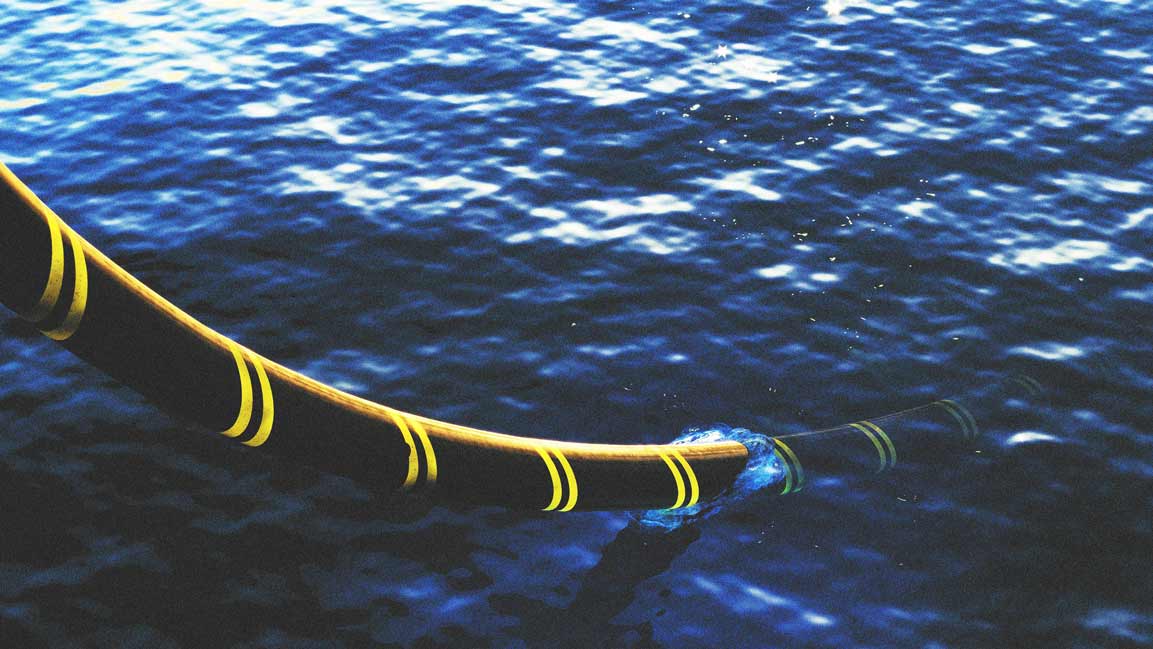- | 8:55 am
Air conditioners are actually heating the Middle East. Is there any way out?
Experts discuss the challenges and solutions to prevent power grid overload and the need for efficient cooling technology.

We just sweltered through the hottest June on record, and this unprecedented temperature rise has not shown signs of abating in July. As temperatures soar, there is an increased reliance on power-hungry air conditioning systems, which are as ubiquitous as the mobile phone in the Middle East.
Did you know that, on average, a small unit cooling a single room consumes more power than running four fridges? This surge in usage is placing an immense strain on electricity grids worldwide and producing billions of tonnes of CO2 a year, highlighting the critical need for sustainable solutions.
So, the hotter the region gets, the more we use air conditioning, which heats the region more.
The challenge presented by air conditioning is similar to the challenge we encounter when addressing the climate crisis. The solutions we turn to are entangling us with the original issue.
The strain on electric utilities is equally essential to the rise of the air conditioner. It is a serious load builder. According to the International Energy Agency (IEA), extreme temperatures increase, especially those averaging around 30°C, can lead to a weekly increase in air conditioner sales by approximately 16%.
As per the IEA, cooling accounts for about 10% of the worldwide electricity demand. In warmer countries, this demand can surge over 50% during summer. In the hottest areas, the electrical grid must be prepared to handle a demand twice as high as during cooler months, with cooling potentially making up more than 70% of the peak electricity demand.
There are solutions. Enhancements in energy efficiency have the potential to reduce overall energy demand significantly. By implementing advanced AC designs, we can achieve the same level of cooling with substantially lower energy consumption. Furthermore, optimizing infrastructure design allows us to maximize the utilization of energy resources at their source.
Tuna Gulenc, Vice President at Daikin Middle East and Africa, highlights the escalating demand for cooling, its subsequent strain on global power systems, and the urgent need for preparedness and adaptation in energy infrastructure to sustainably meet rising cooling demands.
Building a better air conditioner would be one step towards solving the problem air conditioning presents.
“Using high-efficiency inverter air conditioners and lower global warming refrigerants, the environmental and climate impacts of air conditioning can be reduced by as much as 50% through reduced power consumption,” says Gulenc.
THE PROBLEM
Despite air conditioning being around for over 50 years, a persistent issue has been the link between greenhouse gas emissions and cooling systems. According to reports, approximately 4% of global greenhouse gas emissions are attributed to air conditioning that removes humidity.
According to a study conducted by researchers at the National Renewable Energy Laboratory and Xerox PARC, the demand for air conditioning is projected to increase due to economic expansion.
“The increasing demand for cooling devices is a stumbling block to global efforts to reduce carbon emissions,” says Gulenc.
In the region, the need for air conditioning can be reduced by carefully designing buildings, such as balancing the sizes of the opening, the area of the wall, the thermal properties, and adequate shading.
Heating, ventilation, and air conditioning (HVAC) equipment can account for a substantial portion of a building’s energy consumption, often reaching up to 50%.
“Air conditioning added an estimated 0.3% to global electricity demand in 2023, equating to 14% of total demand growth. With most air conditioners being half as efficient as the best available technology, this sector’s demand could add 117 TWh annually by 2030, equivalent to Brazil’s total electricity use,” says Kostantsa Rangelova, Global Electricity Analyst at Ember.
This means that cooling systems are primarily sourced from fossil fuels, leading to a notable rise in greenhouse gas emissions that worsen climate change.
As with other technological responses to climate change, it is far from certain that the arrival of a more efficient air conditioner will significantly reduce global emissions.
Gulenc adds that greenhouse gas emissions can be mitigated by changing the power generation source to green energy, “which will help reduce carbon emissions faster since the energy consumed has low emissions at the source.”
TOWARD COOLING FOR ALL
In the face of challenges, as heat waves become increasingly common, people will continue to use air conditioners more and more. How would that impact the region’s climate goals?
If the world achieves the goal of tripling global renewable energy capacity by 2030 and doubling energy efficiency, the additional renewable power generation will meet all new electricity demand and replace a significant portion of existing fossil fuel generation. According to Rangelova, this would lead to rapid emission reductions in the power sector and across other sectors through electrification. However, wasteful demand could impede these CO2 reduction efforts if efficiency improvements fall short.
Rangelova adds, “The additional renewable power generation will meet all additional electricity demand and replace a large share of existing fossil generation.”
“If efficiency improvements falter, wasteful demand could hinder these CO2 reduction efforts,” she adds.
As cooling demand increases, governments in the GCC are planning for grid reliability. However, mitigating peak load demands from buildings is essential. This involves adopting inverters, low GWP refrigerants, and intelligent technologies. Energy-efficient air conditioning systems and higher insulation standards are crucial. More energy-efficient products tailored to cooling needs highlight the commitment to sustainability.
Gulenc says, “We need to mitigate the peak load demands from buildings to make them more reliable. The way forward is to adopt energy-efficient air conditioning systems in buildings with higher insulation standards.”







































